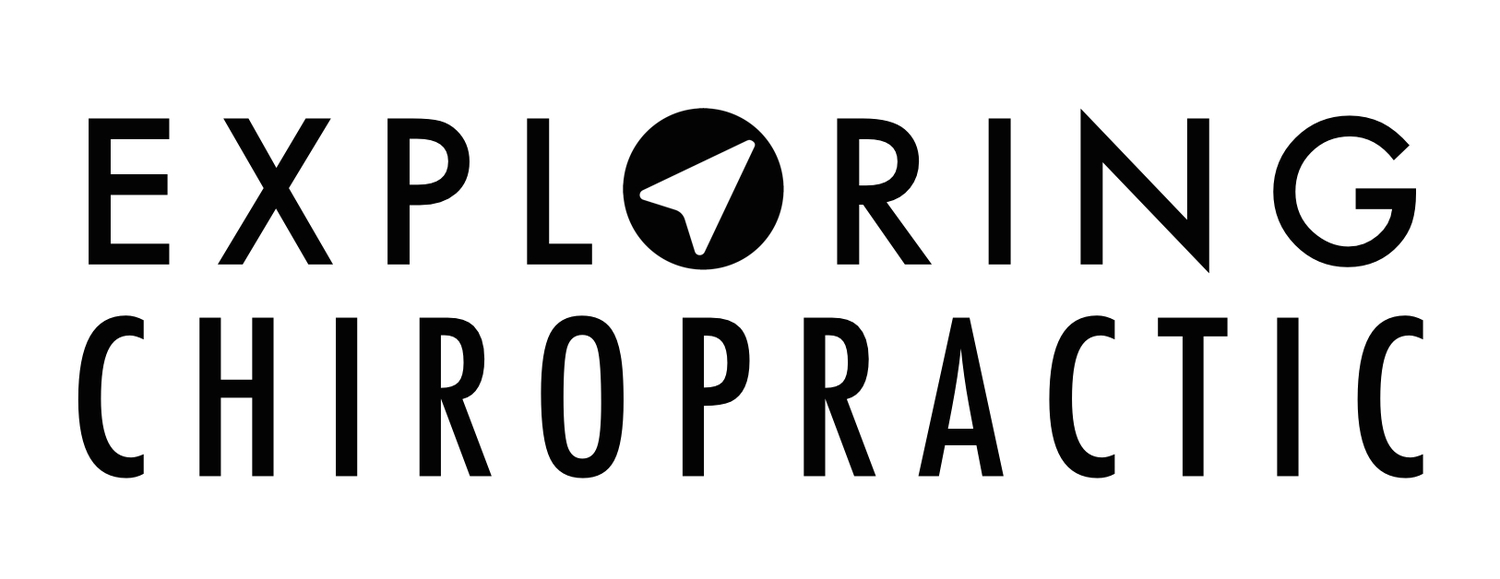Flatten the Curve - The Role of Chiropractic During a Pandemic
Late night thoughts… I wanted to put this out to get feedback and provide a resource of data I've collected so far on the role of chiropractic as musculoskeletal triage during the coronavirus pandemic.
I don't know what the answer is - if we continue seeing patients we become a vector for transmitting the virus. But at the same time, we can potentially lift a small but significant burden off of the urgent cares and emergency departments by triaging the 11 million ED visits for MSK conditions.
Chiropractors are ideally suited to fill this role, but can it be done during a healthcare crisis? Do we reroute patients to private clinics, or insert ourselves into the hospitals? Is additional training and certification necessary? Should we just shut our clinics to flatten the curve and hope MSK visits decrease?
Share your thoughts and experiences, and let's continue the discussion.
Download the presentation here.
References
Centers for Disease Control and Prevention - Atlanta, CDC, G. A., 2013. (n.d.). National hospital ambulatory medical care survey: 2017 emergency department summary tables. US Department of Health and Human Services. Retrieved from https://www.cdc.gov/nchs/ahcd/web_tables.htm
Kim, H. S., Strickland, K. J., Mullen, K. A., & Lebec, M. T. (2018). Physical therapy in the emergency department: A new opportunity for collaborative care. American Journal of Emergency Medicine, 36(8), 1492–1496. http://doi.org/10.1016/j.ajem.2018.05.053
Krebs, L. D., Kirkland, S. W., Chetram, R., Nikel, T., Voaklander, B., Davidson, A., et al. (2017). Low-acuity presentations to the emergency department in Canada: exploring the alternative attempts to avoid presentation. Emergency Medicine Journal, 34(4), 249–255. http://doi.org/10.1136/emermed-2016-205756
Lebec, M. T., & Jogodka, C. E. (2009). The Physical Therapist as a Musculoskeletal Specialist in the Emergency Department. The Journal of Orthopaedic and Sports Physical Therapy, 39(3), 221–229. http://doi.org/10.2519/jospt.2009.2857
Filling the Shortage of Primary Care Health Care Providers in Wisconsin: The Primary Spine Care Physician, a new class of health care provider. (pp. 30–37). Retrieved from https://d1li5256ypm7oi.cloudfront.net/aacp/2015/10/WSC-White-Paper-Primary-Spine-Care-Physician.pdf
Gaieski, D. F., Mehta, S., Hollander, J. E., Shofer, F., & Bernstein, J. (2008). Low-severity musculoskeletal complaints evaluated in the emergency department. Clinical Orthopaedics and Related Research, 466(8), 1987–1995. http://doi.org/10.1007/s11999-008-0277-5
Galliker, G., Scherer, D. E., Trippolini, M. A., Rasmussen-Barr, E., LoMartire, R., & Wertli, M. M. (2020). Low Back Pain in the Emergency Department: Prevalence of Serious Spinal Pathologies and Diagnostic Accuracy of Red Flags. The American Journal of Medicine, 133(1), 60–72.e14. http://doi.org/10.1016/j.amjmed.2019.06.005
Horn, M. E., George, S. Z., & Fritz, J. M. (2017). Influence of Initial Provider on Health Care Utilization in Patients Seeking Care for Neck Pain. Mayo Clinic Proceedings. Innovations, Quality & Outcomes, 1(3), 226–233. http://doi.org/10.1016/j.mayocpiqo.2017.09.001
Kosloff, T. M., Elton, D., Shulman, S. A., Clarke, J. L., Skoufalos, A., & Solis, A. (2013). Conservative Spine Care: Opportunities to Improve the Quality and Value of Care. Population Health Management, 16(6), 390–396. http://doi.org/10.1089/pop.2012.0096
Paskowski, I., Schneider, M., Stevans, J., Ventura, J. M., & Justice, B. D. (2011). A hospital-based standardized spine care pathway: report of a multidisciplinary, evidence-based process. Journal of Manipulative and Physiological Therapeutics, 34(2), 98–106. http://doi.org/10.1016/j.jmpt.2010.12.004
